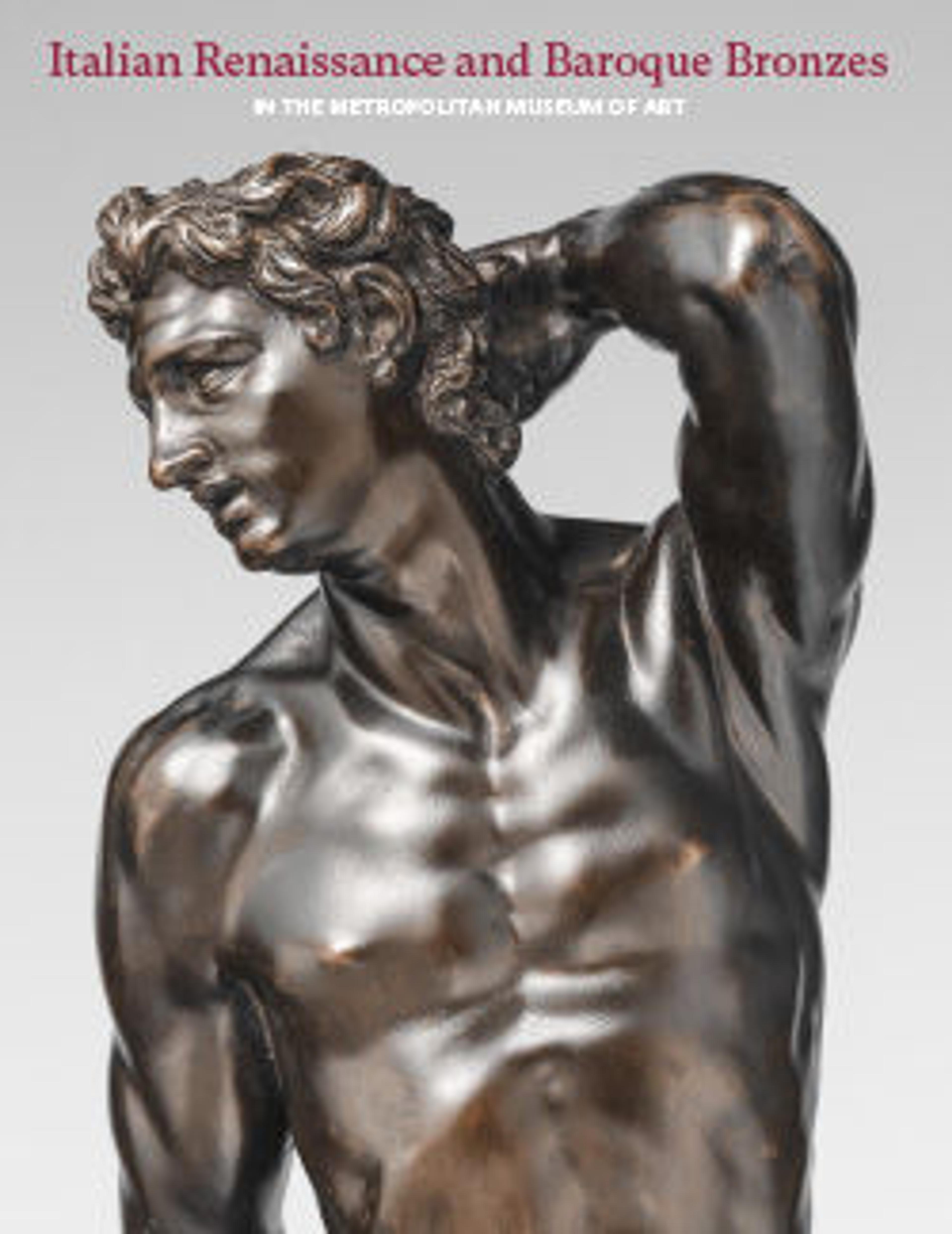Pair of altar candlesticks
Like our other candlesticks (cat. 162), this monumental pair was destined for a church altar. Although identical in technique, the two sets differ in structure and design, particularly the style of the volutes and the modeling of decorative elements such as the cherubs. The volutes and the figures’ thick, clustered curls are reminiscent of Neapolitan Baroque metalwork produced between 1620 and 1640. Many goldsmiths and metalworkers were operating in Naples during that time, producing opulent pieces for churches, monasteries, and convents.[1] The majority of these works are known only through documents, although some noteworthy examples have recently been traced and published in Spain.[2] During their Italian tenure, many Spanish viceroys commissioned works of art in Rome and Naples that were destined for churches or palaces back home. This pair of candlesticks may have been one such export.
-PD’A
Footnotes
(For key to shortened references see bibliography in Allen, Italian Renaissance and Baroque Bronzes in The Metropolitan Museum of Art. NY: The Metropolitan Museum of Art, 2022.)
1. See Ruotolo 2007; D’Agostino 2011, pp. 60–66; D’Agostino 2014.
2. Madruga Real 1983; García Cueto 2009.
-PD’A
Footnotes
(For key to shortened references see bibliography in Allen, Italian Renaissance and Baroque Bronzes in The Metropolitan Museum of Art. NY: The Metropolitan Museum of Art, 2022.)
1. See Ruotolo 2007; D’Agostino 2011, pp. 60–66; D’Agostino 2014.
2. Madruga Real 1983; García Cueto 2009.
Artwork Details
- Title: Pair of altar candlesticks
- Date: ca. 1620–40
- Culture: Italian, possibly Naples
- Medium: Bronze, fire-gilt, rock crystal
- Dimensions: (.57): 35 × 6 7/8 in. (88.9 × 17.5 cm); (.58): 34 5/8 × 6 7/8 in. (87.9 × 17.5 cm)
- Classification: Metalwork-Gilt Bronze
- Credit Line: Bequest of Mary Stillman Harkness, 1950
- Object Number: 50.145.57, .58
- Curatorial Department: European Sculpture and Decorative Arts
More Artwork
Research Resources
The Met provides unparalleled resources for research and welcomes an international community of students and scholars. The Met's Open Access API is where creators and researchers can connect to the The Met collection. Open Access data and public domain images are available for unrestricted commercial and noncommercial use without permission or fee.
To request images under copyright and other restrictions, please use this Image Request form.
Feedback
We continue to research and examine historical and cultural context for objects in The Met collection. If you have comments or questions about this object record, please contact us using the form below. The Museum looks forward to receiving your comments.
